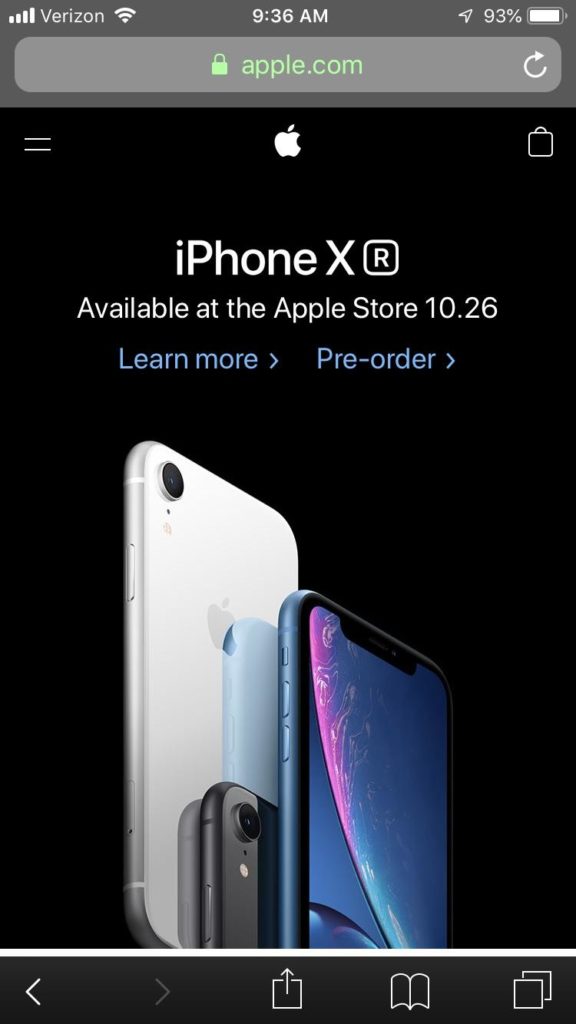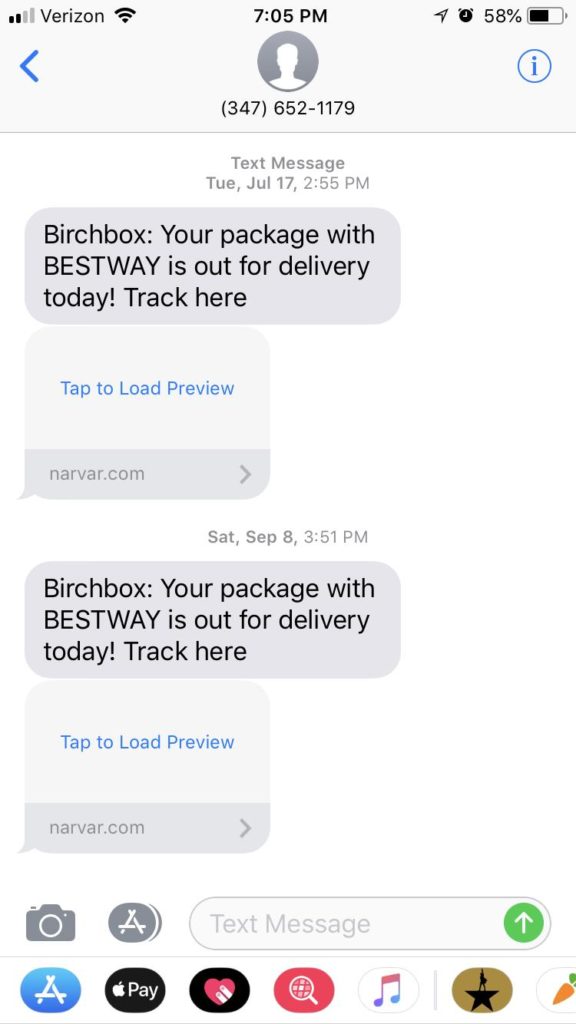Since 2017, more than 50% of all website traffic worldwide has been generated through mobile devices. Not surprisingly, online retailers are one of the biggest beneficiaries of this cultural and technological shift. With the convenience of home delivery and the plethora of deals like “Cyber Monday,” consumers are turning more and more to their smartphones to research new products and make purchases. A 2018 report by Forrester Research predicts that over the next five years, US retail sales completed through smartphones will grow at a compound annual growth rate of 18%.
To take advantage of the opportunities that mobile technology presents, online retailers must create a robust marketing strategy tailored to mobile users, who are always on the go and are using smaller screens than desktop users. Responsive web design, targeted mobile ads, and SMS are some of the major factors at play for retailers looking to capture their share of the market. When using mobile marketing to increase sales, avoid these mistakes that could drive consumers to your competitor.
#1 Not making your e-commerce platform mobile-friendly
When it comes to mobile web design, the most important word is “responsive.” This means that the mobile web page must adapt to the size of the device’s screen without compromising the site’s usability. Someone using a Samsung Galaxy S8 should be able to use your mobile site just as easily as someone using an iPhone 8 or a Kindle Fire. When creating a mobile website that will drive sales:
- Maintain your visual brand identity, but don’t just duplicate your desktop site. Your desktop site has more “real estate” and therefore more flexibility with what to include.
- Optimize the layout, without making font sizes or buttons too small.
- Make your contact information readily available. Hyperlink the email address so the user can tap to send a message, and include a “tap to call” feature with your company’s phone number.
#2 Overloading users with too much information
A 2018 study conducted by Nielsen Norman Group tracked users’ behavior when looking at a variety of mobile web pages. The study found that users spend about 57% of their page-viewing time “above the fold,” with 74% of the viewing time spent in the first two “scrolls” on the mobile device. The takeaway is that you should choose wisely what information to present and how to present it:
- Include the most important information at the top of the webpage to avoid information overload. Your menu bar can help group additional information into other categories (“About Us,” “View Men’s Clothing,” “FAQs”).
- Prioritize infographics and videos over large amounts of text, condensing information into a visually appealing, digestible format. Think of Apple’s minimalist web design, which has a simple image, a label, and a call-to-action.
- Similarly, ensure that your email newsletters only include the most essential information–a teaser that encourages consumers to go to your website to learn more (and ultimately buy!).
#3 Making the checkout process difficult
Customers are less likely to purchase from your company if the process of doing so is cumbersome. Three-quarters of mobile carts are abandoned, but a few tweaks to the checkout process can increase the number of conversions:
- Create a ecommerce platform (website and/or app) that has an intuitive user interface and an easy checkout process. It should be easy for shoppers to find items, add them to the cart, and submit payment from their smartphone or tablet.
- Offer multiple payment options, such as different credit card vendors and PayPal, to capture the largest share of the market.
- When possible, allow users to checkout as a “guest” rather than create an account, which can be time-consuming and drive them away from the mobile site (for example, to verify their email address).
#4 Not optimizing email marketing or retargeted ads for mobile
Mobile websites are only one component of a mobile marketing strategy. Most consumers use smartphones at some point in the buyer’s journey, such as researching products, even if they don’t make a purchase at that moment. Stay fresh in their minds by incorporating other marketing methods on their mobile devices:
- Set up re-targeted advertising on mobile, especially through Google and social media platforms like Facebook.
- Enable “abandoned cart” notifications, especially if your company has an ecommerce app, to remind buyers to close the sale.
- Send “recommended for you” emails and discount codes to encourage users to buy the product they were researching. They might be comparing products and prices at multiple stores, but a timely offer could be the tipping point in your favor.
#5 Neglecting to use SMS marketing
With the growth of smartphones which can access mobile apps and mobile websites, it is easy to forget that SMS marketing should also be a component of the overall strategy. While not everyone has a smartphone with Internet access, 5 billion people around the world are able to send and receive messages via SMS in 2018 – a dramatic increase from the 1 billion mobile subscribers only 15 years ago. Compared to email, which has a 1 in 4 open rate, 82% of text messages are read within five minutes of receipt. Best of all, texting can be used at every stage of the buyer’s journey:
- Use SMS to confirm an initial opt-in to receive messages.
- Offer discounts and special events. To maximize effectiveness, texting should be used sparingly–ideally, no more than twice a month for promotional offers.
- Send updates for ordering and delivery. You can also send a mobile survey after a purchase has been completed to further engage with the user and offer good customer service.
#6 Forgetting to track results
If you don’t analyze the effectiveness of your mobile marketing, you won’t know what worked and what you need to change. Armed with this information, you can redirect your mobile strategy for future campaigns:
- Choose your KPIs, such as click-through rates, bounce rate, and conversions, at the outset.
- Find a point of comparison, such as industry benchmarks or year-over-year results, so you can see clear progress.
- With mobile advertising like banner ads, SMS marketing, or email marketing, use UTM links to track every channel individually so you can see the best performers.
Overall, the effectiveness of mobile marketing means that consumers should have to put in the least amount of effort to gain the information they need. They should be able to respond to your call to action (BUY NOW!) easily, and feel incentivized to do so because of the seamlessness of the user experience. When you put yourself in the user’s shoes and incorporate responsive web design and timely mobile engagement campaigns, the quality of your company’s mobile experience can skyrocket – along with your sales.







